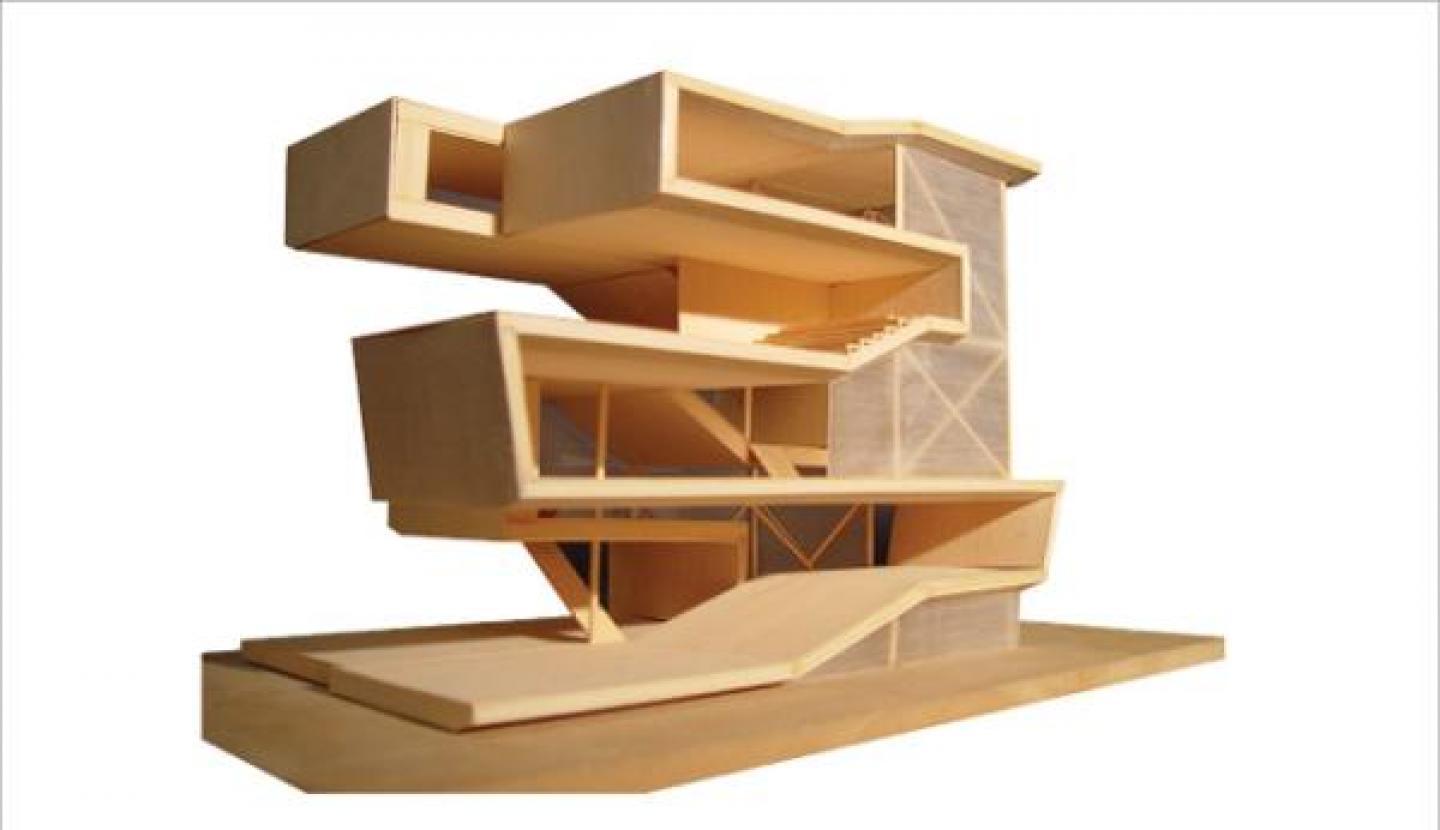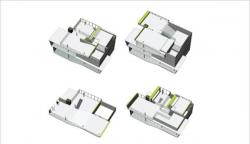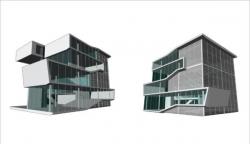The Research center’s design mainly stems from the relationships and interactions of different programs and users within the building. Three main interaction levels are defined to distibute the program inside the building: Penetrating; program or user physically intrudes another programmatic element, Interactive; there is a visual connection, or conversation between the pieces of the program, Seperate; the two parts of the program are apart.
An analytical chart defines the relationship of each program to another and positions spaces both sectionally and planometrically such that in plan two elements can be seperate while in section they interact and vice versa. The users of the building are also directly related to these interactions among pieces of the program. The scientists/biologists are determined and want quick acess to their private office / laboratory. The visitors are curious and want to explore as much as possible within the building.
These relationships and behaviors of the users led to a simple diagram of splitting the structural matrix into two distinct folded plates that mediate between the different parts of the program while allowing for different levels of interaction both planometrically and sectionally. The visitors’ spaces, constantly tries to invade and penetrate other parts of the program, which mainly consist of the research lab and library. The central stair core then becomes a zone of mediation between the two programs.
This negotiation between volumes and users becomes apparent on the elevations of the building though folded plates, materials and levels of transparency.
2004







